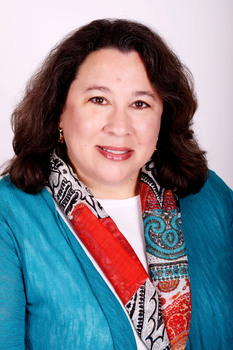This text-based course is a transcript of the webinar, “Understanding Neuroplasticity and Recovery: Insights from Current Research,” presented by Irene M. Barrow, Ph.D., CCC-SLP.
>> Dr. Irene Barrow: Today I am talking about issues pertaining to neuroplasticity. In this presentation, I am going to discuss published articles that address four things. First, I will discuss some of the current trends driving the principles of neuroplasticity. Understanding these principles is important to applying them to both spontaneous recovery and maximizing treatment outcomes. Secondly, I will discuss some contemporary theories of what is happening in the brain after injury to reorganize or restructure cortical functions. Third, I will discuss some selected research that supports theories of change, and then lastly, I will discuss some selected research that is specific to examining treatment and the relationship to neuroplastic change. I stayed within the last few years for the later sections, but in order to set the framework for our discussion, we need to go back as early as 2000 to examine the neuroscience literature.
A Framework for Plasticity
The focus of neuroplasticity for rehabilitation purposes tends to be on what happens to the brain if its normal path of development is altered, or if there is a disruption to established functions once we reach adulthood. It is generally understood that the infant’s brain undergoes rapid development and the manner in which the brain functions is different based on the stage of development, until it reaches maturity. At maturity, the stabilization of function followed by changes attributed to aging is a standard way of thinking about brain function, but what we need to consider is that neuroplasticity refers to change, and this change continues throughout the lifespan. If we think about it as change, we can better understand that the brain is dynamic and that change happens even in healthy brains; this change can be positive or negative in terms of how the brain functions and its efficiency in doing so.
In order to better understand the injured brain, we first have to consider what influences function in the healthy brain prior to injury. These preinjury variables may be instrumental in helping to understand why two people can sustain identical injuries, in terms of the site of lesion, size of lesion, and even the mechanism of injury, yet their individual profiles after injury can differ and more importantly, their response to treatment can differ. This response to treatment may be in general outcomes or in the type of treatment that facilitates their recovery the most. As clinicians, we enter the treatment setting with our collection of possible treatment approaches for each problem area, which is standard, and through trial and error, we settle on one or a combination that appears to work best for that individual. As we work through the variables, you will see that that approach is really substantiated by the way that the brain changes, based on these variables.

